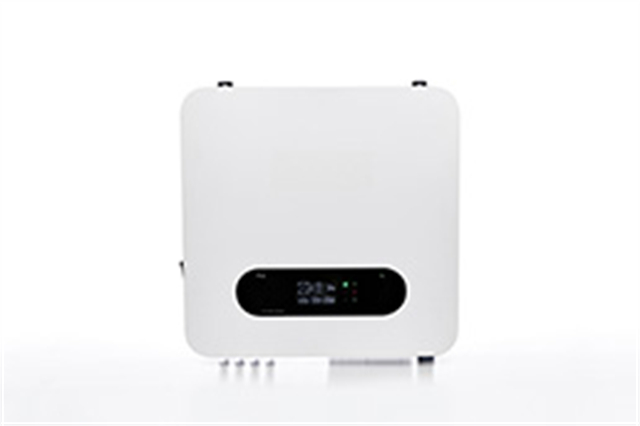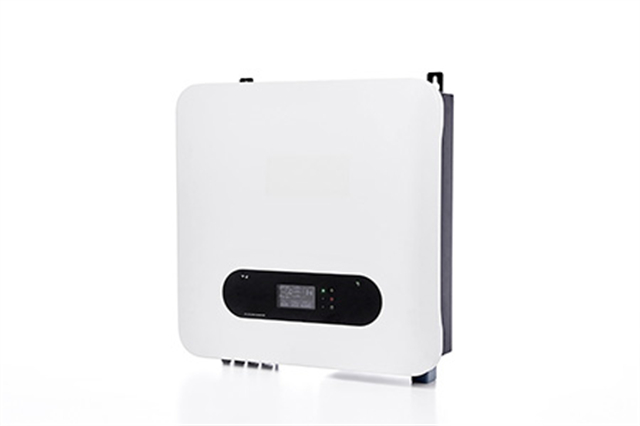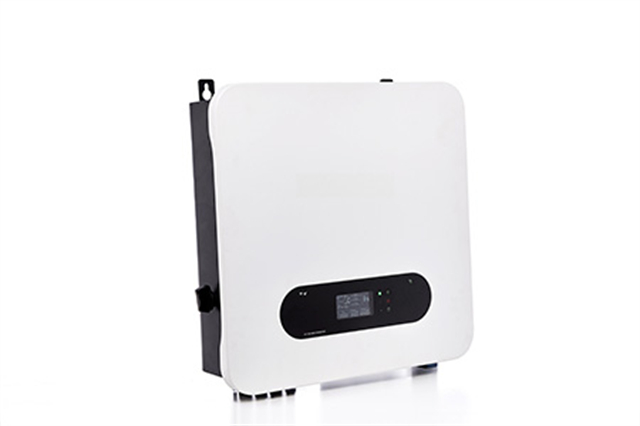Author:BLD Solar Energy SystemFROM:Solar System Converter Manufacturer TIME:2023-10-07
Choosing the Right UTL On-Grid Solar Inverter

As solar energy becomes increasingly popular, more and more people are considering installing on-grid solar systems. These systems require a reliable and efficient inverter to convert the DC power generated by solar panels into AC power that can be used in homes or businesses. The UTL on-grid solar inverter is one option that many individuals and organizations are considering. In this article, we will explore the factors to consider when choosing the right UTL on-grid solar inverter.

The power rating of an inverter is a crucial factor to consider. It determines the maximum amount of AC power that the inverter can deliver. When choosing a UTL on-grid solar inverter, it is important to assess your energy consumption needs and select an inverter with an appropriate power rating. An undersized inverter may limit your ability to fully utilize the solar energy generated, while an oversized inverter may lead to unnecessary costs.

Efficiency is another key consideration when selecting a UTL on-grid solar inverter. Higher efficiency means that a greater percentage of the DC power generated by solar panels will be converted into usable AC power. This not only maximizes the energy output but also reduces energy losses. Look for inverters with high efficiency ratings to ensure optimal performance and cost-effectiveness in the long run.
Monitoring and communication features in a UTL on-grid solar inverter provide valuable insights into the system's performance. These features allow you to track energy production, monitor the inverter's status, and detect any potential issues. Look for inverters that offer user-friendly monitoring interfaces and support remote communication options, such as Wi-Fi or Bluetooth connectivity.
A solar inverter is a long-term investment, so it is essential to choose one that is durable and backed by a reliable warranty. Look for UTL on-grid solar inverters that are built with high-quality materials and have a proven track record of reliability. Additionally, check the warranty terms and conditions to ensure that you are protected against any manufacturing defects or malfunctions.
When selecting a UTL on-grid solar inverter, it is crucial to consider its compatibility with the local grid requirements. Different regions may have specific regulations or standards that need to be met. Ensure that the inverter you choose complies with all relevant grid codes and certifications to ensure seamless integration with the grid and prevent any interconnection issues.
Cost is always an important factor when making any purchasing decision. While it can be tempting to opt for the cheapest option available, it is essential to balance cost with quality and performance. Consider the long-term savings and return on investment that a UTL on-grid solar inverter can provide. It is often worth paying slightly more upfront for a higher-quality inverter that will deliver better efficiency and reliability over its lifespan.
Lastly, it is helpful to research customer reviews and seek recommendations from professionals or individuals who have already installed a UTL on-grid solar inverter. Their experiences can provide valuable insights into the performance, reliability, and customer support of different models. Consider their feedback to make an informed decision that aligns with your specific requirements.
Choosing the right UTL on-grid solar inverter is a critical step in setting up an efficient and reliable solar energy system. By considering factors such as power rating, efficiency, monitoring capabilities, durability, grid compatibility, cost, and customer reviews, you can make an informed decision that suits your energy needs and ensures a sustainable future. Take the time to evaluate different options and consult professionals to find the UTL on-grid solar inverter that best fits your requirements.
